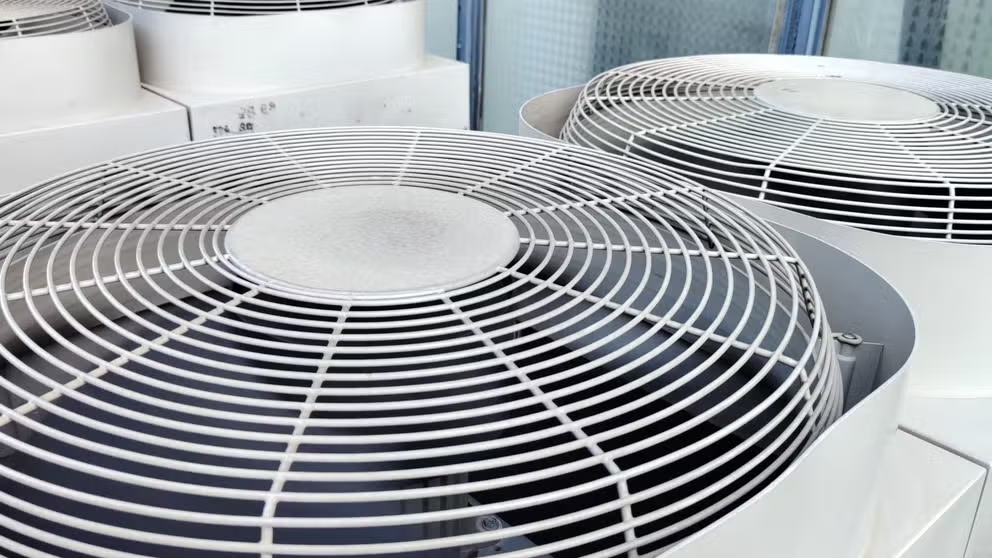The history of air conditioning and how it helped transform American life
The scientific advancements involved with air conditioning contributed to the rise of summer movies, skyscrapers and more.
The true history of air conditioning
The story of the nearly ubiquitous air conditioner is over a century in the making, and it shows how much the invention of artificial cool revolutionized the way we live.
It’s sweltering outside. The sun is bearing down, the dew point is skyrocketing and the humidity is ready to give you a warm, sticky hug.
But that’s not your problem. You’re inside, where life is crisp, chilly and delightfully breezy — all made possible by simply pressing a button.
Many of us have become quite conditioned to the comforts of air conditioning. In fact, an estimated 87% of American homes have an air conditioner.
The story of the nearly ubiquitous air conditioner is over a century in the making, and it shows how much the invention of artificial cool revolutionized the way we live.
From frozen lakes to Florida
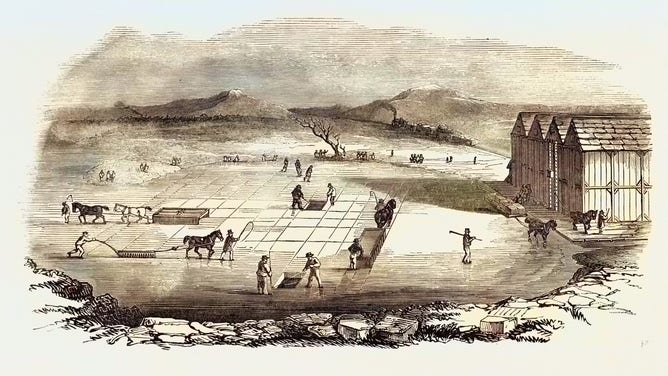
Blocks of ice are being cut from a frozen lake in Massachusetts.
(Sepia Times / Universal Images Group / Getty Images)
Long before the invention of air conditioning, many people kept cool by using natural methods. As recently as the 20th century, the primary method for cooling homes and workplaces was by using large slabs of ice sliced out of frozen ponds and lakes.
Shifting from traditional cooling methods to mechanized ones took time to develop and generations of scientists, as it presented many challenges from an engineering standpoint.
"The principles of temperature, volume and pressure had been worked out, but no one had quite put it into practice and created a mechanical system for doing it," said Abeer Saha, the curator of engineering and manufacturing at the Smithsonian’s National Museum of American History.
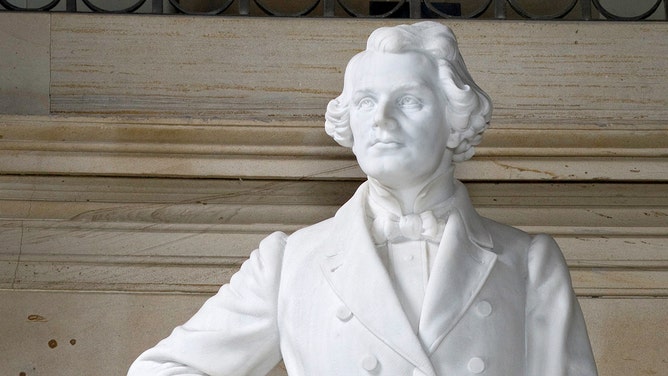
A statue of John Gorrie, a physician, inventor and trailblazer in the history of air conditioning.
(Architect of the Capitol)
According to Saha, the first person to achieve this was Florida man and physician John Gorrie.
Gorrie believed that heat had a negative effect on his patients, who were afflicted by tropical diseases such as malaria. As a form of treatment, he developed a machine that cooled the air by running ammonia through pipes to absorb heat and then transfer the heat outdoors.
He essentially turned rooms where his machine was installed into giant refrigerators. In 1851, he received the first patent for a mechanical refrigerating machine.
Concerts, cadavers and Carrier, oh my!
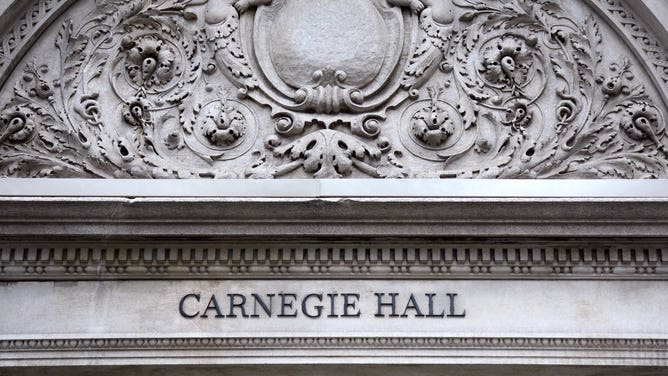
Architectural details on the exterior facade of Carnegie Hall, an historic concert venue on 7th Avenue in Midtown Manhattan in New York City.
(Robert Alexander / Getty Images)
Two other inventors who took up the air-conditioning torch were Alfred Wolff and Willis Carrier.
Wolff was able to create cooling systems for very large spaces in ways that functioned reliably, according to Saha. He built a cooling system for Carnegie Hall and later, at Cornell Medical College in New York City, where his invention kept medical cadavers from becoming hot and emitting unpleasant odors.
Perhaps his most famous project was a cooling system for the oft-heated bullpen of the New York Stock Exchange in the early 19th century.
The evolution of air conditioning was turbocharged, however, by Carrier.
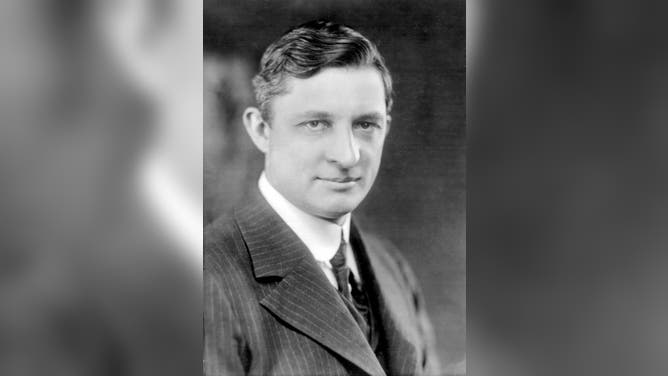
Willis Carrier in 1915
(100th Anniversary Press Kit - Carrier Corp - Carrier Corporation)
According to Saha, Carrier was able to control humidity, something that other refrigerating cooling systems weren’t yet able to figure out.
"Earlier engineers weren't thinking about humidity; they were just thinking about cooling down indoor spaces," Saha said. "But Carrier took that forward and was able to really bring quite a lot of control and precision to the art of controlling humidity, which is where the term 'air conditioning' stuck."
In addition to controlling humidity, Saha noted that another significant contribution of Carrier’s was the development of a centrifugal compressor. This invention made air conditioners smaller, cheaper to make, more accessible and, as a result, more widely available.
Embracing the cold
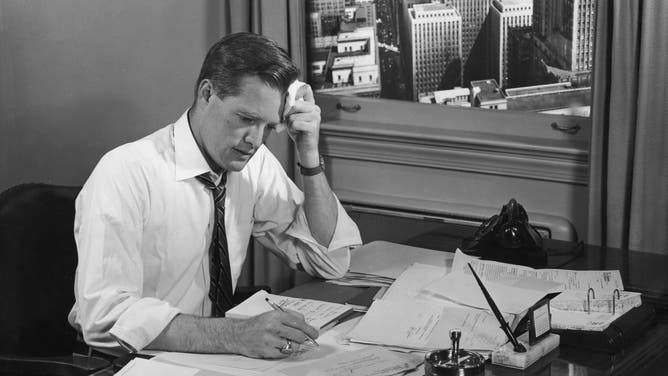
A man dabs sweat from his forehead.
(Lambert / Getty Images)
While the ability to cool air on demand seems like a godsend these days, it wasn’t always so in the early days of air conditioning.
"One reason people have argued it took so long is because people at the time considered it a virtue to experience the heat of summer," Saha said. "They thought they were acting against the ways of nature or the will of God to artificially manufacture weather."
"We just didn't know enough about the importance of ventilation and fresh air to adopt air conditioning sooner," Saha added. "But when it happened, people began to realize the importance of that circulation and the cleaning and the effects of temperature and humidity control."
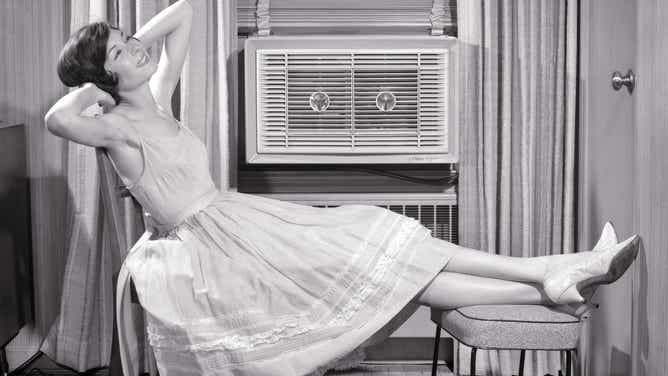
A mid-century woman relaxing in front of an air conditioning unit.
(Debrocke / ClassicStock / Getty Images)
Additionally, the majority of people didn’t have access to or experience with air conditioning until about the 1920s and 1930s, when it became more affordable and widespread.
SHOULD YOU TURN YOUR AIR CONDITIONER OFF WHEN YOU'RE NOT AT HOME
Railroad companies began using the technology to preserve food being transported in boxcars. Restaurants, department stores and movie theaters installed air conditioning units to provide relief from summer temperatures.
"Before air conditioning, there really wasn't any scope for enjoying summertime movies or other kinds of indoor summertime activities — air conditioning changed that completely," Saha said.
Soaring to new heights
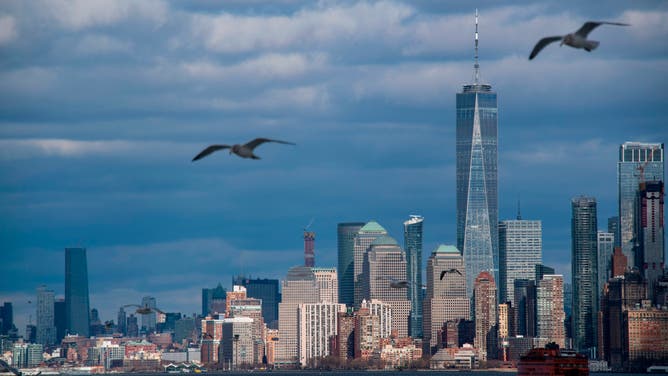
The sun shines in lower Manhattan seen from the Staten Island Ferry on January 9, 2019 in New York.
(Johannes Eisele / AFP / Getty Images)
As air conditioning helped trigger cultural changes, it also cued changes in where people lived and worked.
Buildings had traditionally been limited in size and shape, according to Saha. For example, they needed to have as much surface area as possible to provide space for as many windows as possible for airflow and ventilation. So, many large buildings were designed to be T- or U-shaped.
Buildings were also designed to be relatively short compared to today’s standards, as temperatures in the upper floors of early skyscrapers were "suffocating" and "intolerable", Saha said.
The introduction of air conditioning, however, opened up incredible design opportunities.
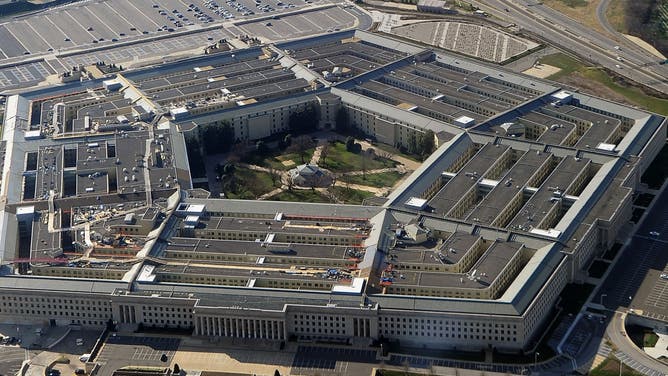
The Pentagon in northern Virginia.
(AFP / Getty Images)
Buildings of unorthodox shapes, such as the Pentagon, came to be as rooms and offices no longer required direct access to windows to remain cool. Buildings of never-before-seen heights were also made possible, as skyscrapers were able to maintain their cool no matter how high they went.
"ACs were totally transformational when it comes to architecture and civil engineering," Saha said.
Because of these new structures, Saha noted that warmer parts of the country became more habitable.
Temperature change
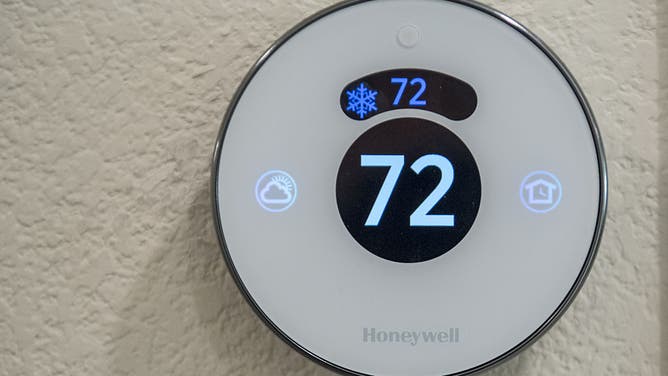
The Honeywell International Inc. Lyric Round Wi-FI smart thermostat hangs on display inside a home at the Lennar Corp.
(Photographer: David Paul Morris/Bloomberg via Getty Images)
Air conditioning helped set the stage for many cultural and technological shifts.
WHEN THE PRESIDENT CONTROLLED THE THERMOSTAT
While the majority of human history has gone by without the comforts of air conditioning, there’s no doubt the ramifications of its invention will ripple long into the future.
